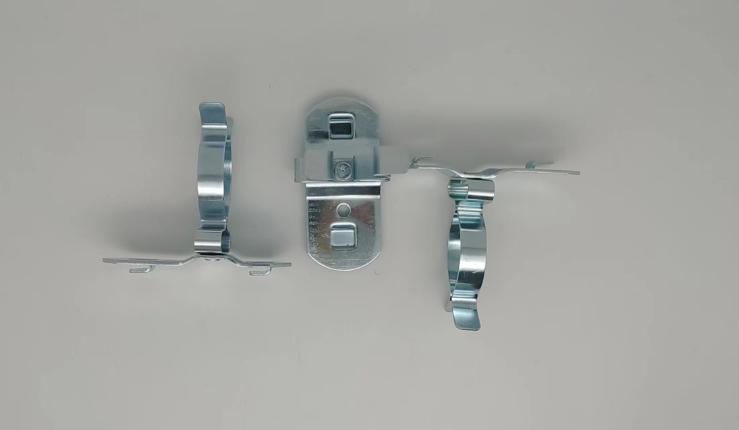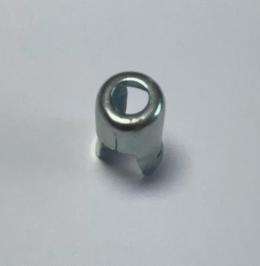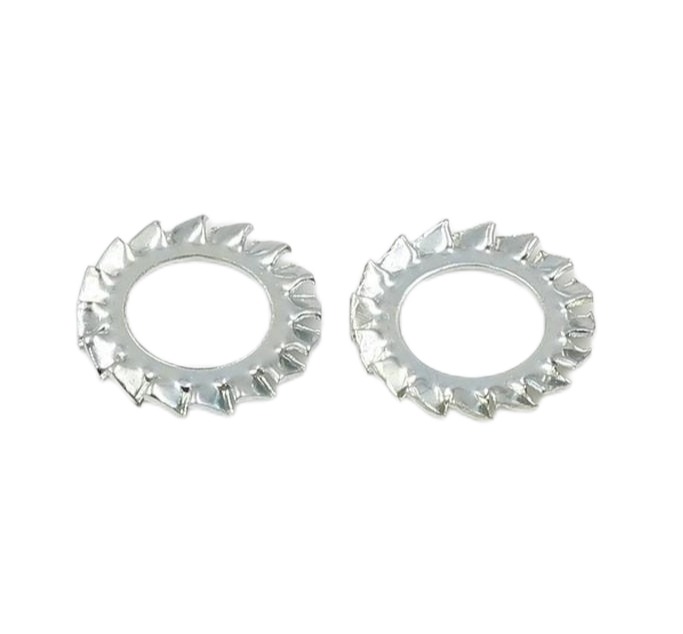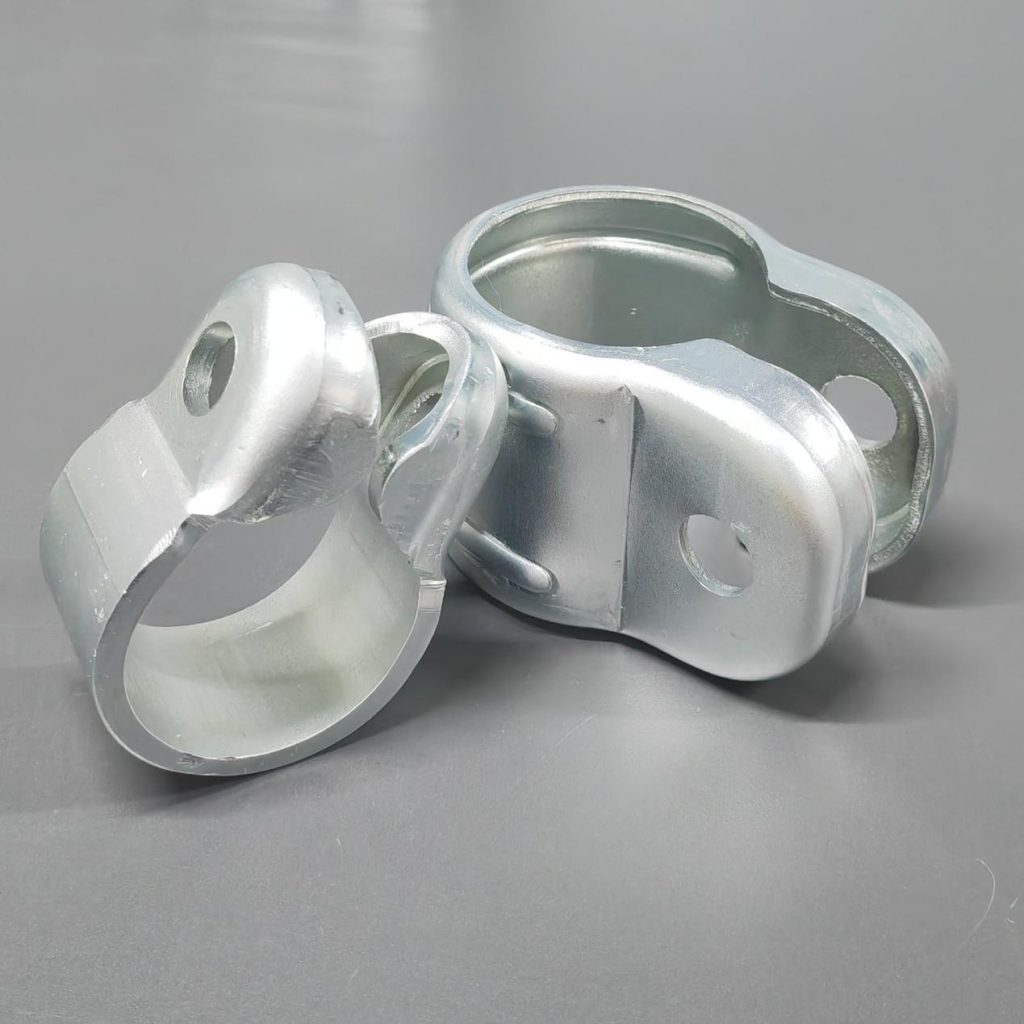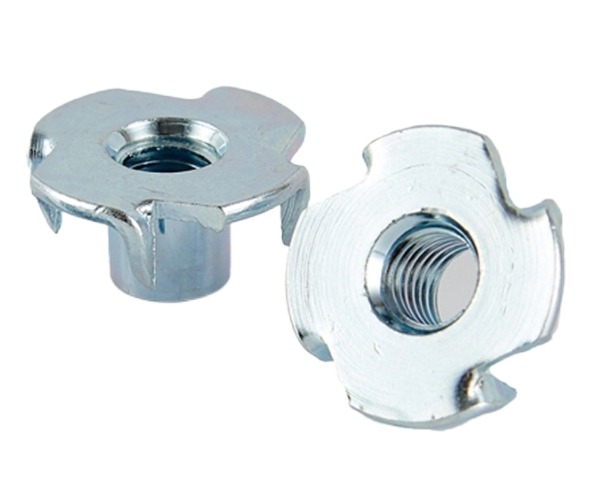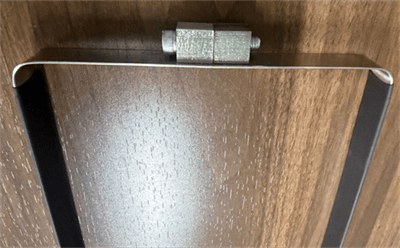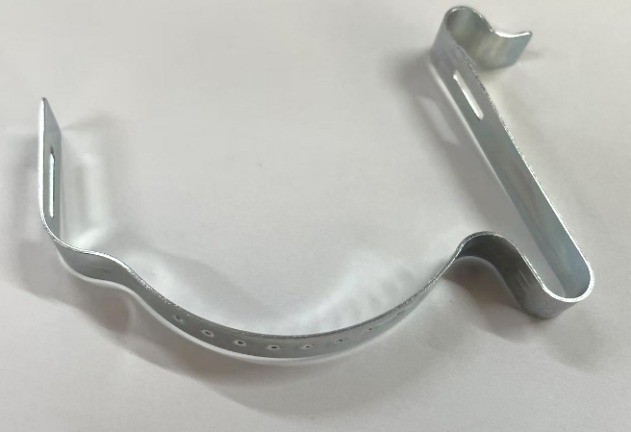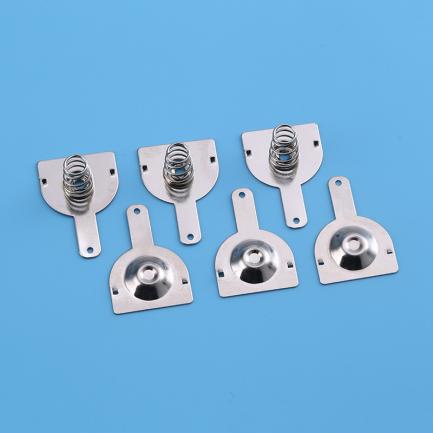Stamping Process in Washer Production: Key Roles and Affecting Factors
In the field of mechanical manufacturing, washers are a common type of fasteners that are widely used in various machines and structures. The stamping process plays a crucial role in producing washers. This paper will delve into the role of stamping in washer manufacturing and explore the factors that affect its effectiveness, with the aim of improving the quality and efficiency of washer production.
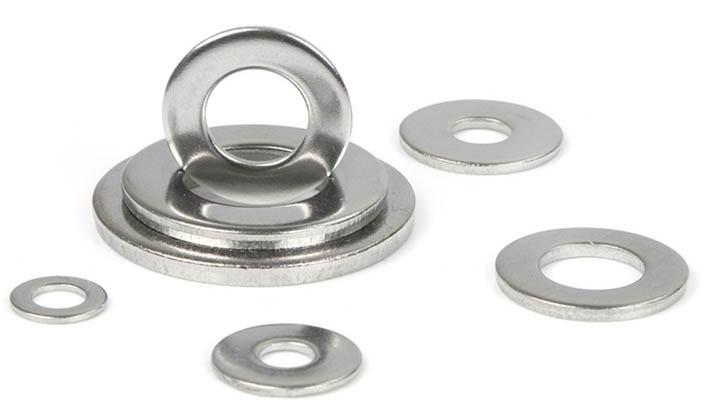
The Role of Stamping Process in Washer Manufacturing
1. Efficient Production:
Stamping technology utilizes specialized molds and mechanical equipment to rapidly shape washer materials. Compared with traditional manual processing methods, stamping significantly accelerates production speed and improves efficiency. This advantage is particularly evident in large-scale production, which helps to shorten the production cycle and meet market demand.
2. High Precision Forming:
The stamping process ensures the dimensional accuracy and shape consistency of the washer. The precise design of the mold enables each washer to meet the predetermined shape and size requirements. In addition, by adjusting process parameters such as pressure and speed, the molding effect can be further optimized to ensure product quality. High precision washers help improve the assembly quality and operational reliability of equipment.
3. High Material Utilization:
During the stamping process, the material utilization rate is relatively high. By designing molds and layout schemes reasonably, material waste can be minimized to the greatest extent possible. In addition, recyclable waste such as edge trimming and hole cutting can be reused, thereby reducing production costs and promoting sustainable resource utilization.
4. Strong Adaptability:
Stamping technology is suitable for various types of washer materials, including metal and non-metal. It can also handle materials with different thicknesses and hardness levels, demonstrating strong adaptability. This makes stamping an ideal choice for manufacturing washers of various specifications and models.
5. Versatile Processing Capabilities:
In addition to basic forming, stamping technology can also achieve various additional processes such as punching, flanging, embossing, etc. These operations can be customized according to specific application requirements, thereby enhancing the functionality and aesthetics of the washing machine. For example, in applications that require sealing, special textures can be formed on the washer through punching and embossing to enhance the sealing effect.
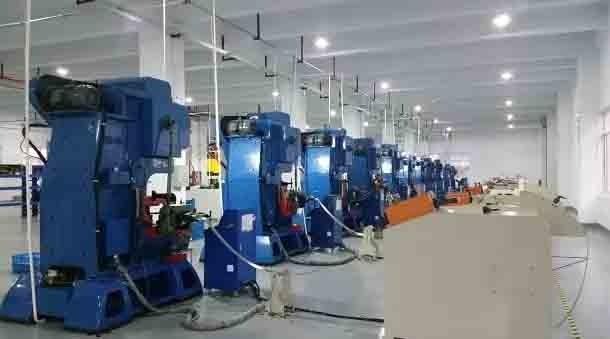
Factors Influencing Stamping Effectiveness
1. Material Properties:
The physical and chemical properties of washer materials have a significant impact on the stamping process. The hardness, ductility, and elastic modulus of different materials directly affect their deformation behavior during stamping. Harder materials are more prone to cracking and fracture, while softer materials may experience excessive deformation. Therefore, when selecting materials, it is necessary to consider their applicability and processing performance.
2. Stamping Die Design:
The die is the core component of the stamping process, and its quality directly affects the quality of the finished product and production efficiency. The accuracy, durability, and structural design of the mold will all affect the stamping effect. High precision stamping dies can ensure the accuracy and consistency of product dimensions; Durable molds can reduce wear and prolong service life; Reasonable structural design can optimize material flow and deformation processes, and improve production efficiency.
3. Stamping Equipment Parameters:
The pressure, speed, stroke and other parameters of the stamping machine have a direct impact on the process and product quality. Suitable parameters need to be selected based on material characteristics, mold design, and product requirements. Incorrect parameter settings may lead to processing failure, decreased product quality, or equipment damage. Therefore, in practical operation, it is necessary to adjust the process parameters according to the specific situation to achieve the best processing effect.
4. Production Process:
The production process includes preparation work before stamping, operating procedures during stamping, and quality control after stamping. In order to improve the processing performance of materials, it is necessary to perform pre-treatment such as degreasing and heating. Strictly follow the operating procedures to ensure safe and efficient production. Quality control measures, including inspection and measurement, are crucial for evaluating product quality and promptly resolving any issues.
5. Operator Skills:
The skill level of the operator significantly affects the effectiveness of stamping. Experienced operators can flexibly adjust process parameters based on production conditions and material characteristics. They can also promptly identify and solve problems during the production process, ensuring smooth progress and product quality. Therefore, improving the skills of operators is the key to improving stamping efficiency.
6. Environmental Factors:
The manufacturing environment can also affect the stamping effect. Factors such as temperature, humidity, and vibration can affect the performance of materials and the stability of molds. High temperature may cause material softening, affecting the forming effect; Changes in humidity can affect the dimensional stability of materials; Vibration can increase mold wear and reduce product quality. Therefore, it is necessary to control the environmental conditions appropriately during the production process and create a good production environment.

Conclusion
Through the analysis of the role and influencing factors of the stamping process in washer manufacturing, it is evident that stamping technology plays an irreplaceable role in washer production. To improve the production quality and efficiency of washers, it is essential to consider material properties, mold design, stamping equipment parameters, production processes, operator skills, and environmental factors comprehensively. By optimizing these factors, the application effect of stamping in washer manufacturing can be further enhanced, driving the continuous development of related industries.

